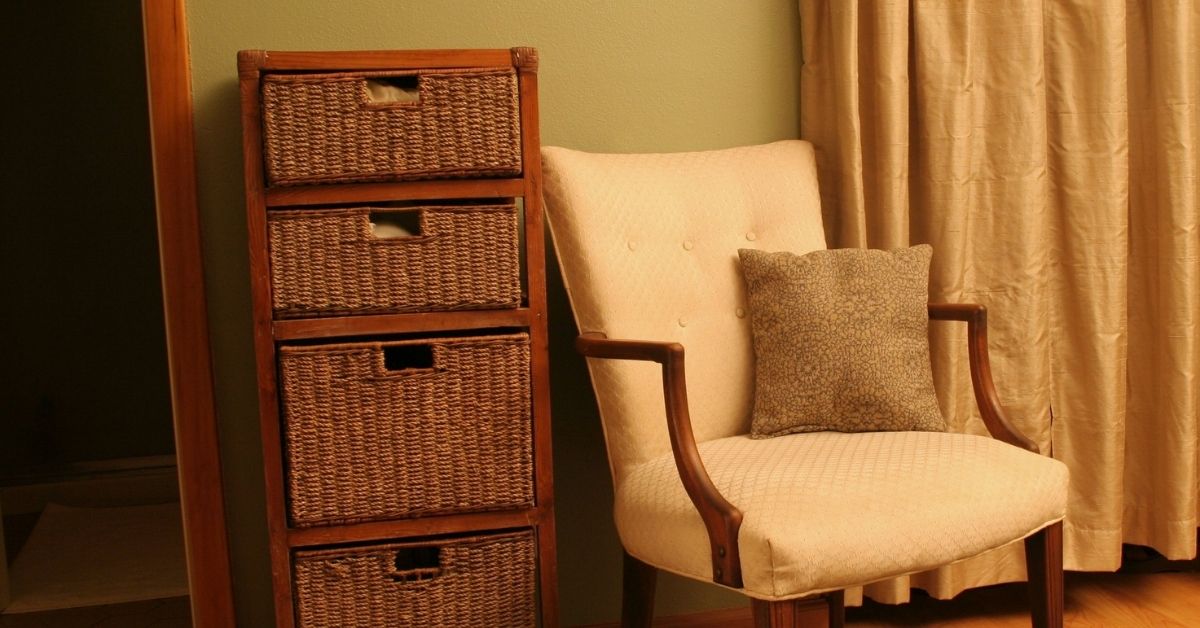Before you go shopping, there are a few questions you’ll want to ask yourself. Is storage important to me? Will I be using it in a room where people will gather or just in my bedroom? Does it need to stand on its own or can I slide it under my bed?
Once you have your answers, you can start shopping. Here are 13 tips on how to choose and use your wicker 4 drawer storage unit.
- Choose an item that suits your space as well as what you store in it. Larger items take up more space; smaller ones take up less.
- Be honest about what needs to be stored and make sure each section is large enough for those items.
- Go for drawers without dividers if you like to keep small things separate from one another (e.g., socks from underwear). Dividers do come in handy if all of your small belongings tend to look alike.
- Make sure everything fits! Open every drawer—and think about how much weight they’re holding—before you put anything inside of them.
- Check out special features offered by different brands, such as locking drawers or sides with no handles so young children won’t try to open them and fall into hidden compartments.
- When choosing between units made of rattan and wicker materials, note that rattan absorbs water faster than wicker; also remember rattan is also heavier than other types of wood material.
- Hinges should fit smoothly so your doors move easily and don’t squeak when opening or closing. If you hear noise, hold each door and open/close them slowly to help pinpoint where problem areas might lie.
- Get rid of any extra hardware that comes with your purchase. You don’t really need all those screws unless you plan on changing things around after buying; plus, some pieces may not work properly for older models but may work perfectly fine on newer ones—or vice versa.
- Think through each step of assembly before you begin. Make sure you’ve ordered everything listed on your instruction manual before beginning and label each part prior to putting it together (i.e., screw A goes with part C); doing these things makes cleaning up easier because you know exactly where parts belong when taking them apart.
- Don’t rush! Quality furniture takes time to build correctly; even hand-me-downs usually take longer than expected.
- Take your piece outside and test it thoroughly before bringing it back in. Rust and mold are among two of biggest threats to wicker, so check for blemishes.
- Treat your new piece of furniture immediately upon bringing it home. Wipe down whatever sections you’re able to reach first then focus on each individual part until you’ve reached every nook and cranny; treat again later, once dry, to ensure maximum protection against fungal growth.
- Always follow manufacturers’ instructions when applying their finishes and don’t forget to add a coat of high-quality varnish or protective coating (such as polyurethane) before storing your furniture during cold weather.

